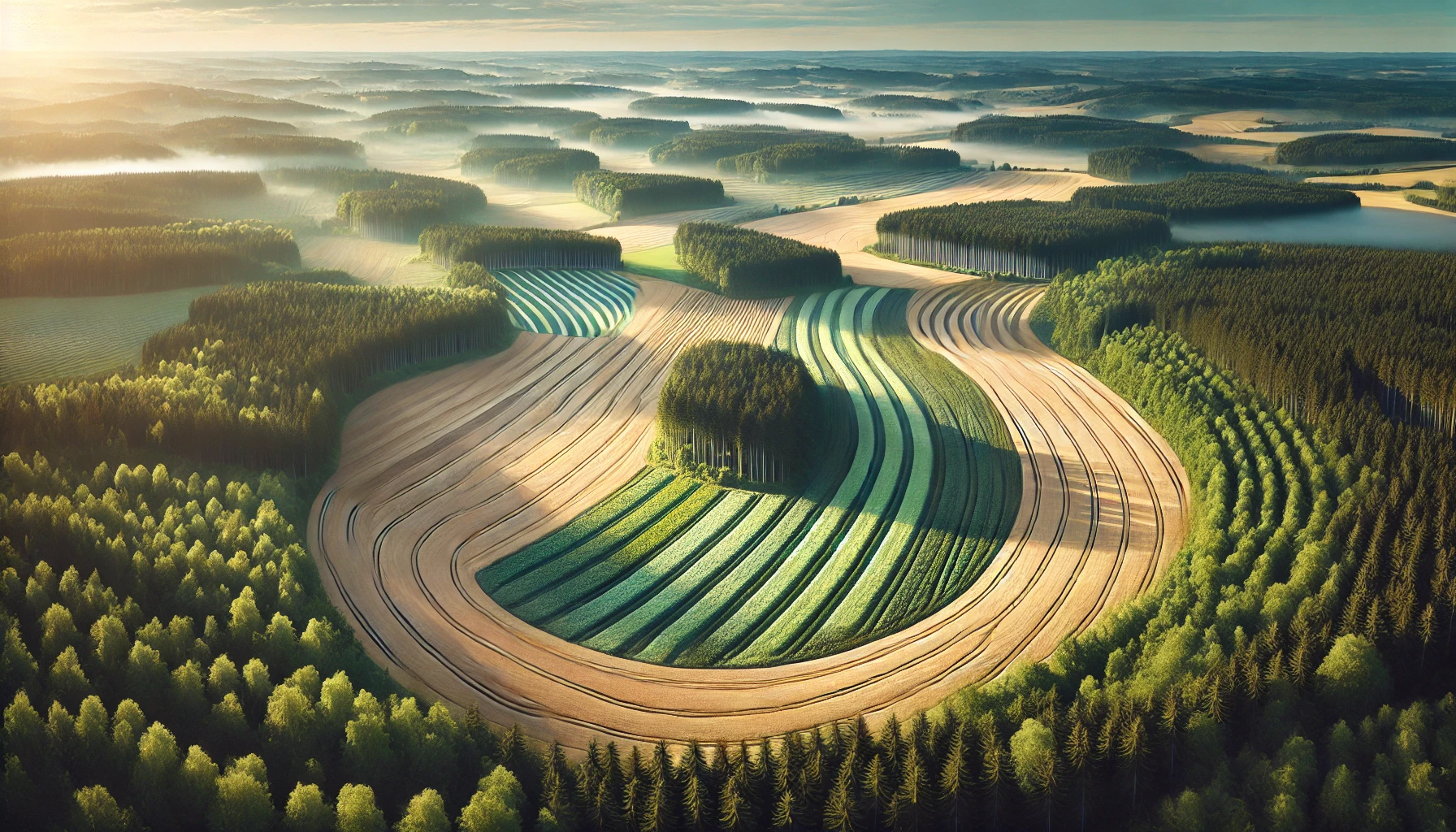As the world pivots toward climate resilience and sustainability, green jobs are emerging as a key pillar in the future of work. From renewable energy and sustainable agriculture to green building and circular economy innovation, the transformation to a low-carbon world is not only an environmental imperative — it’s an economic opportunity.
In this article, we explore what green jobs are, why they matter, and how the global workforce is adapting to a rapidly changing landscape.
What Are Green Jobs?
Green jobs are roles that contribute directly to the preservation or restoration of the environment. They exist across a wide range of sectors and focus on:
🌿 Reducing emissions
♻️ Improving energy efficiency
🌱 Protecting ecosystems
🔁 Advancing sustainability and circular practices
🌍 Examples of Green Jobs:
- Solar panel installers and wind turbine technicians
- Urban farmers and regenerative agriculture specialists
- Environmental engineers and energy auditors
- Sustainability consultants and ESG analysts
- Waste management and recycling coordinators
💡 According to the International Labour Organization (ILO), 24 million green jobs could be created globally by 2030 if proper policies are put in place.
Why Green Jobs Matter
🌐 Meeting Climate Goals
To meet targets set by the Paris Agreement, industries must decarbonize — and that requires a skilled green workforce.
💼 Job Creation Through Transition
While some sectors will shrink (like coal and oil), others will grow rapidly, offering high-quality, future-proof employment.
🔄 Redefining Economic Growth
Green jobs represent a shift from extractive models to regenerative economies, where sustainability is a driver of prosperity.
Sectors Leading the Green Jobs Revolution
⚡ Renewable Energy
- Wind, solar, hydro, and bioenergy industries are expanding fast.
- By 2050, the renewable energy sector could employ over 40 million people globally.
🏙 Green Construction and Urban Planning
- Energy-efficient retrofitting, eco-friendly architecture, and green infrastructure projects.
- Growing demand for architects, builders, and planners with sustainability expertise.
🚛 Sustainable Transport
- Electric vehicles, public transit systems, and cycling infrastructure are driving job growth in engineering, manufacturing, and operations.
🌾 Sustainable Agriculture and Forestry
- Agroecology, permaculture, and afforestation projects support food security and biodiversity.
- Rural communities benefit from green job opportunities and climate adaptation practices.
The Skills Revolution: What the Future Workforce Needs
To thrive in a low-carbon economy, workers will need both technical skills and green literacy.
🔧 Hard Skills:
- Renewable energy systems installation
- Data analytics for energy efficiency
- Environmental monitoring and reporting
- Sustainable supply chain management
🧠 Soft Skills:
- Systems thinking
- Collaboration across disciplines
- Innovation and adaptability
- Climate and environmental awareness
📚 Educational institutions and training programs must evolve to integrate green competencies into all fields, from finance to IT.
Just Transition: Ensuring No One Is Left Behind
As economies shift, it’s vital to ensure a ”just transition” — where workers in declining sectors are supported through:
✅ Reskilling and upskilling programs
✅ Fair labor policies and social protections
✅ Community investment and engagement
Governments, unions, and industries must collaborate to avoid inequality and ensure green growth is inclusive.
Policy Drivers Behind the Green Workforce Boom
Governments are increasingly embedding green jobs into policy frameworks:
- 🇪🇺 European Green Deal – aims for climate neutrality by 2050 with massive investment in green jobs
- 🇺🇸 Inflation Reduction Act (IRA) – earmarks billions for clean energy and climate workforce development
- 🌍 UN’s Sustainable Development Goals (SDGs) – promote decent work and climate action as linked priorities
Challenges and Opportunities Ahead
⚠️ Key Challenges:
- Gaps in training and education systems
- Regional disparities in green job availability
- Resistance from legacy industries
🌟 Major Opportunities:
- Accelerated innovation and entrepreneurship
- Youth engagement and future-focused career paths
- Building a resilient, future-ready economy
Conclusion: Green Jobs and the Future of Work in a Low-Carbon World
🌱 Green jobs are more than a trend — they are the foundation of a sustainable future. As the climate crisis accelerates, work itself is transforming, offering new possibilities for purpose-driven, secure, and impactful careers.
By investing in skills, supporting transitions, and fostering innovation, societies can build a workforce that’s ready to lead the world into a cleaner, more just and resilient future.
The green workforce isn’t just coming — it’s already here. And it’s growing fast.




0 kommentarer